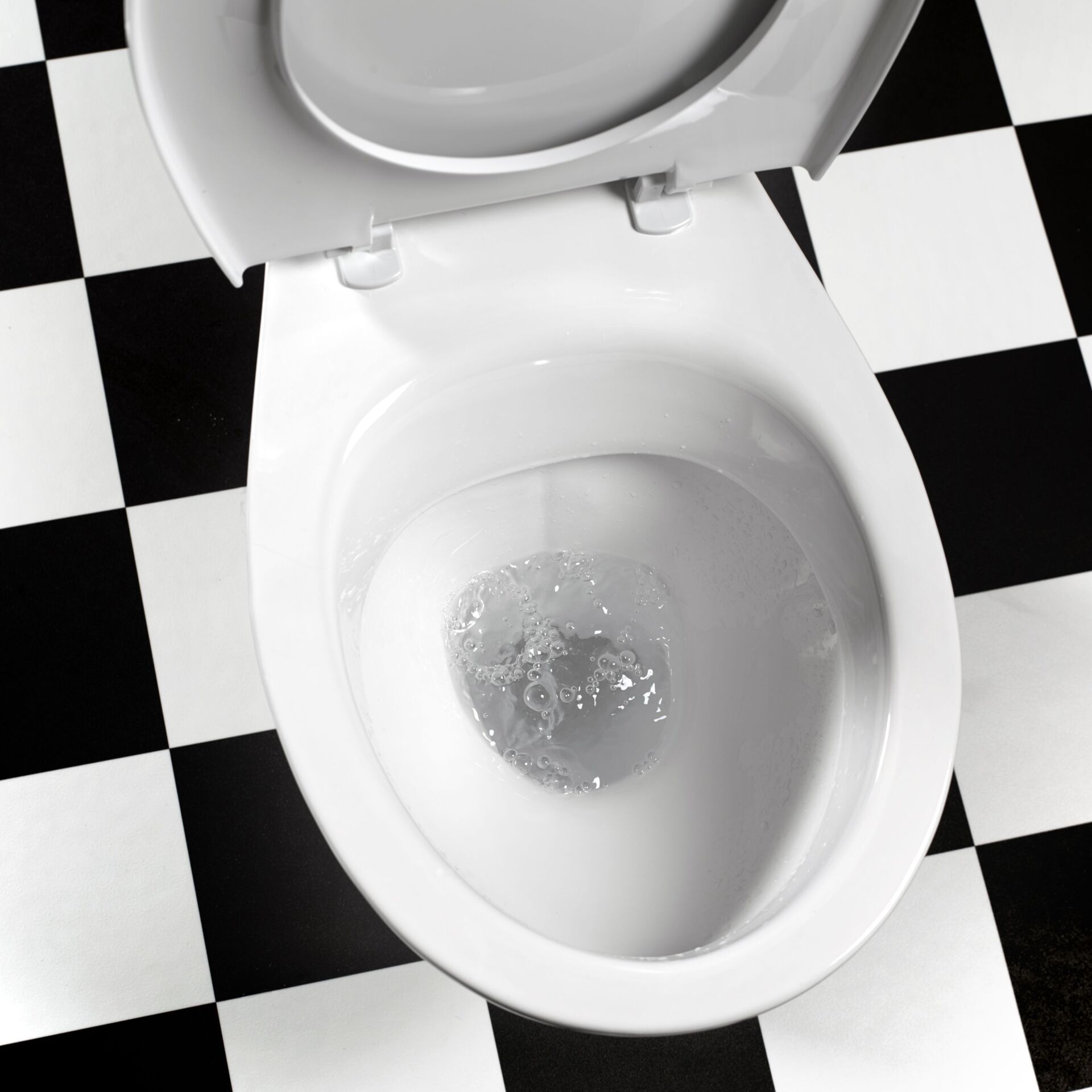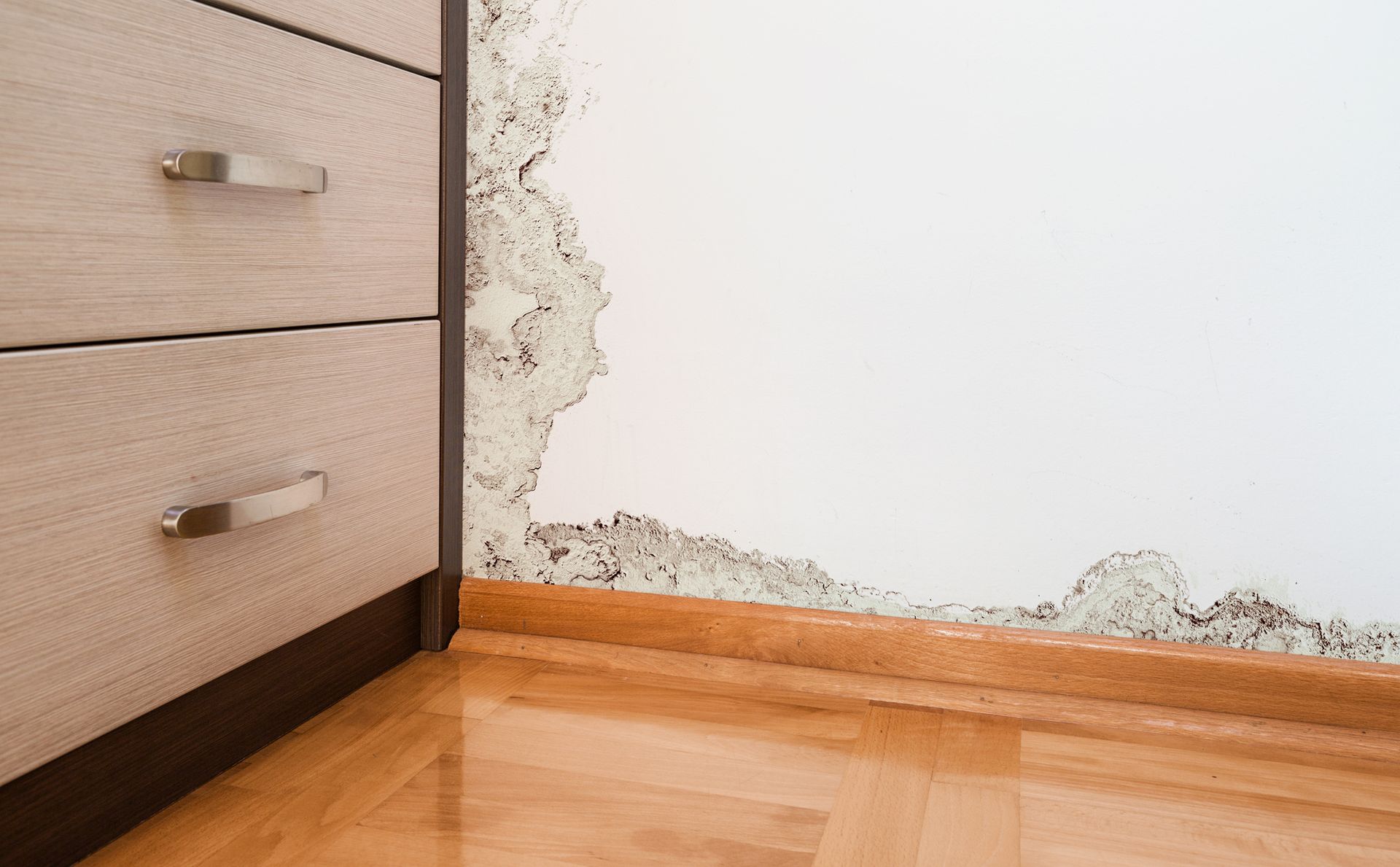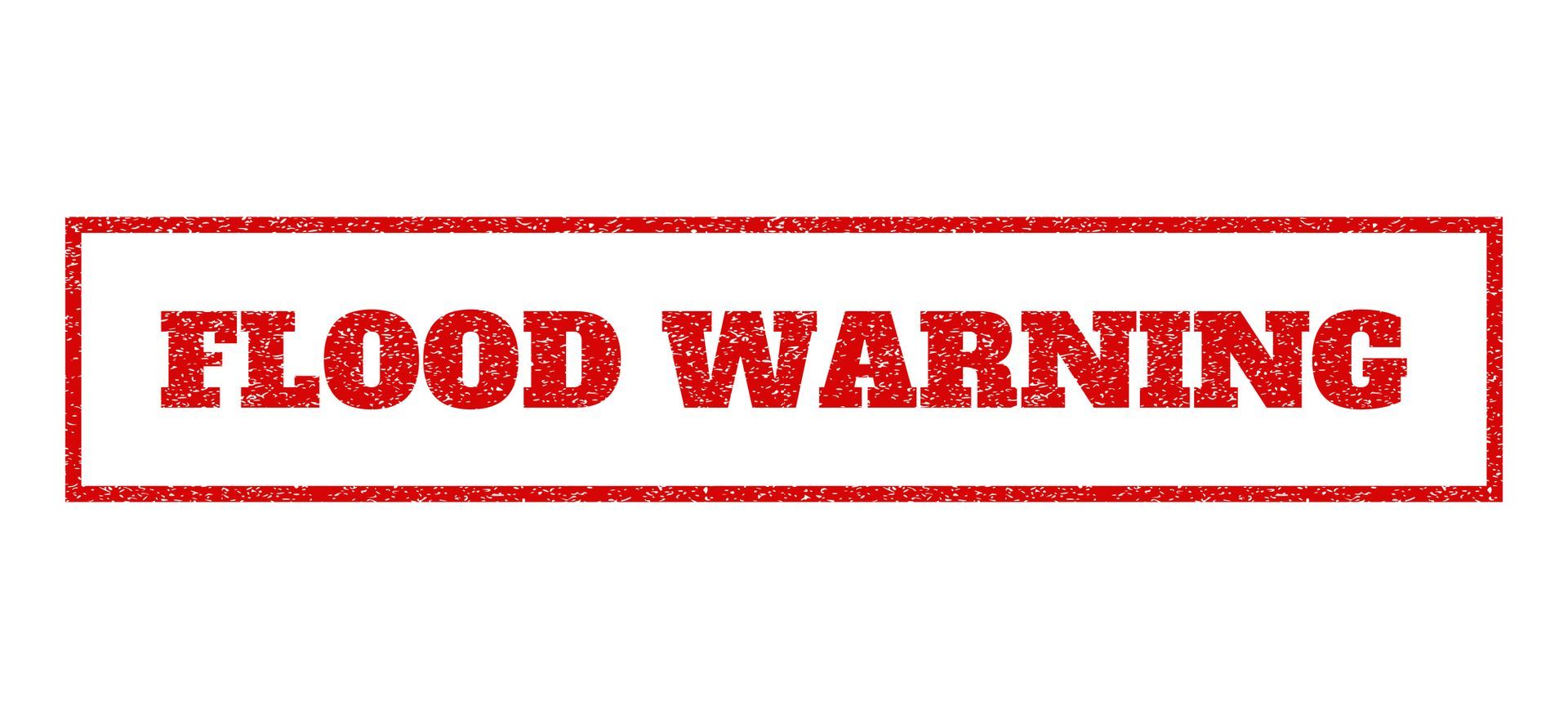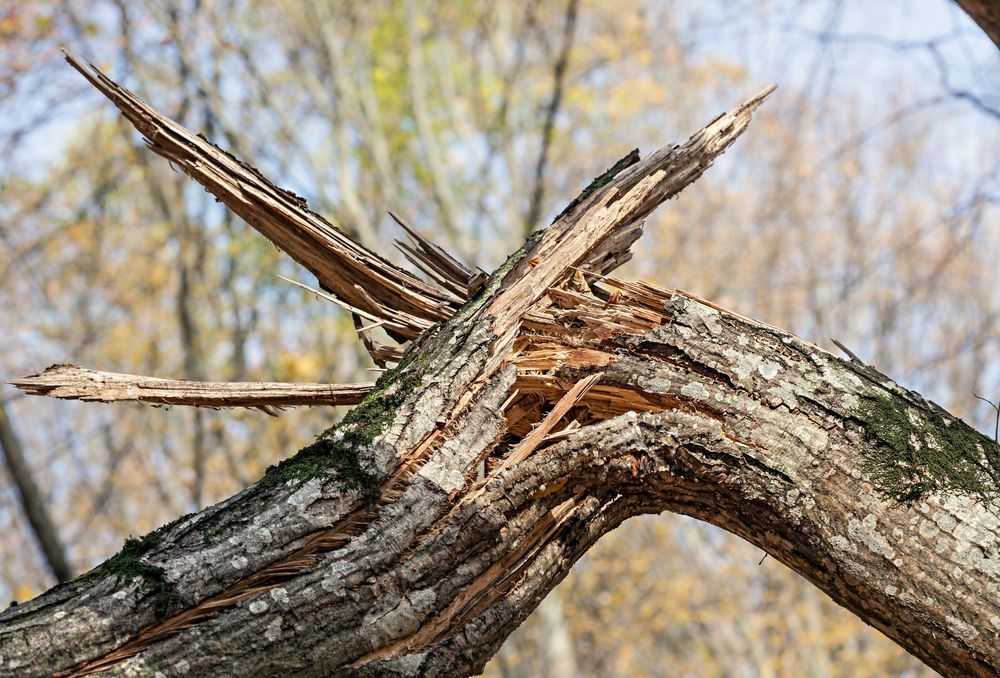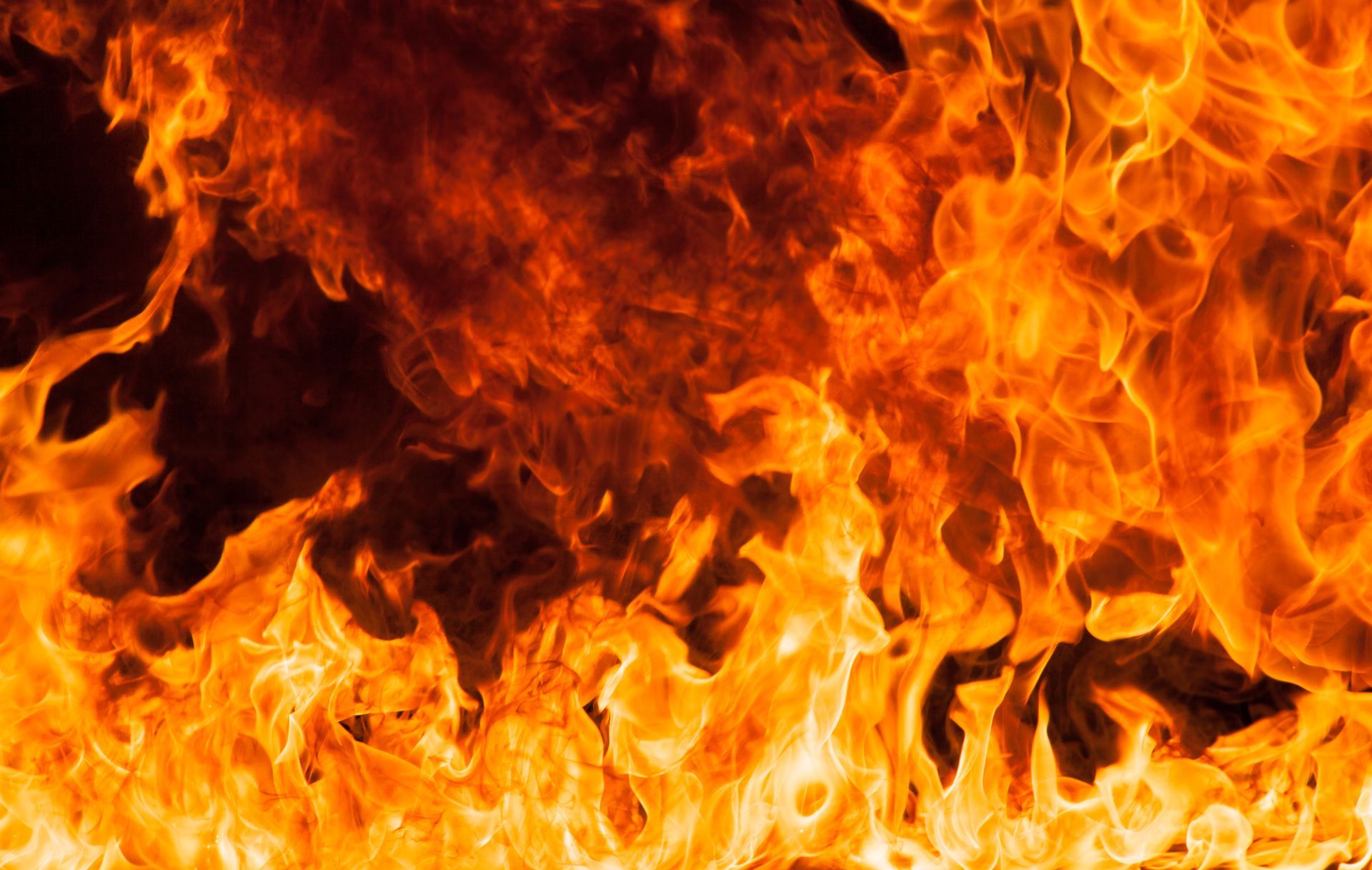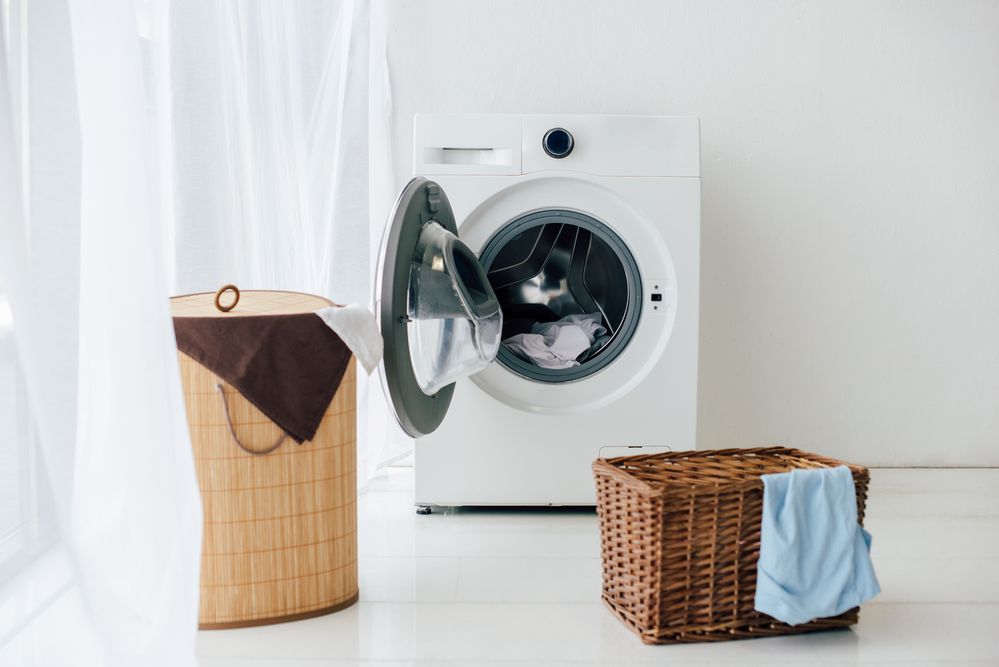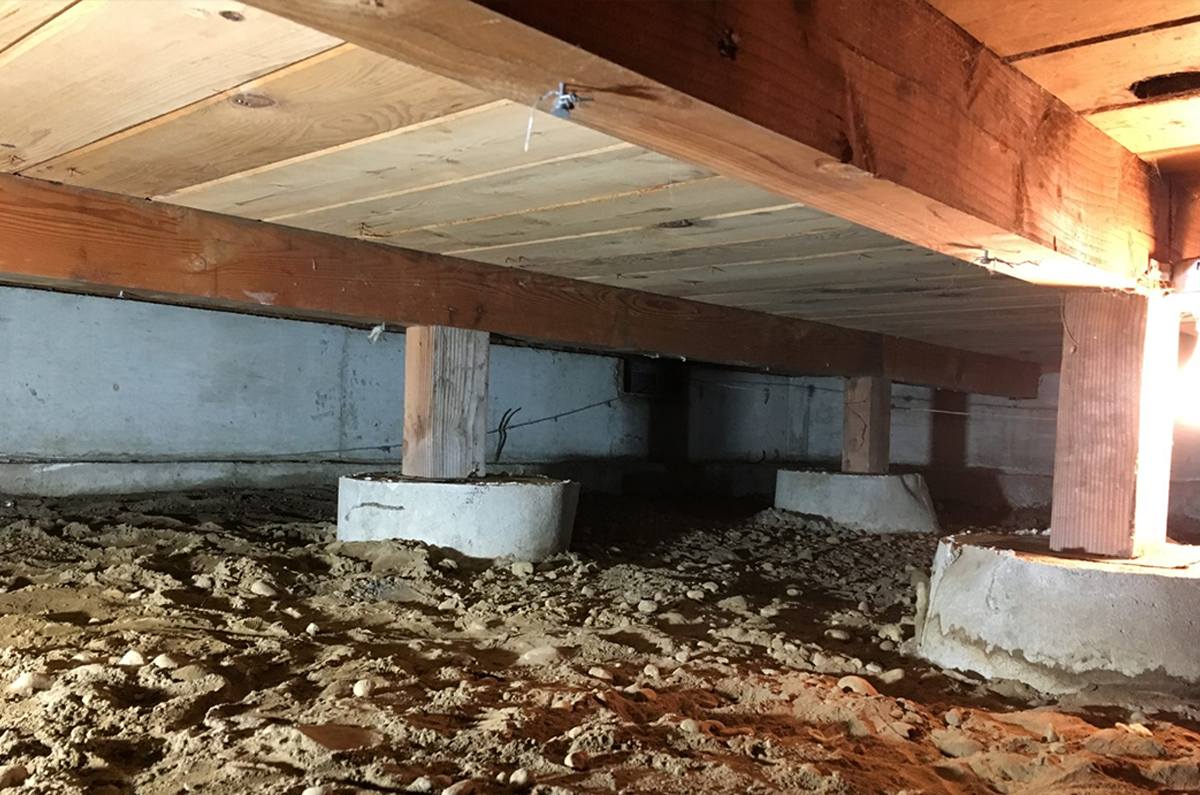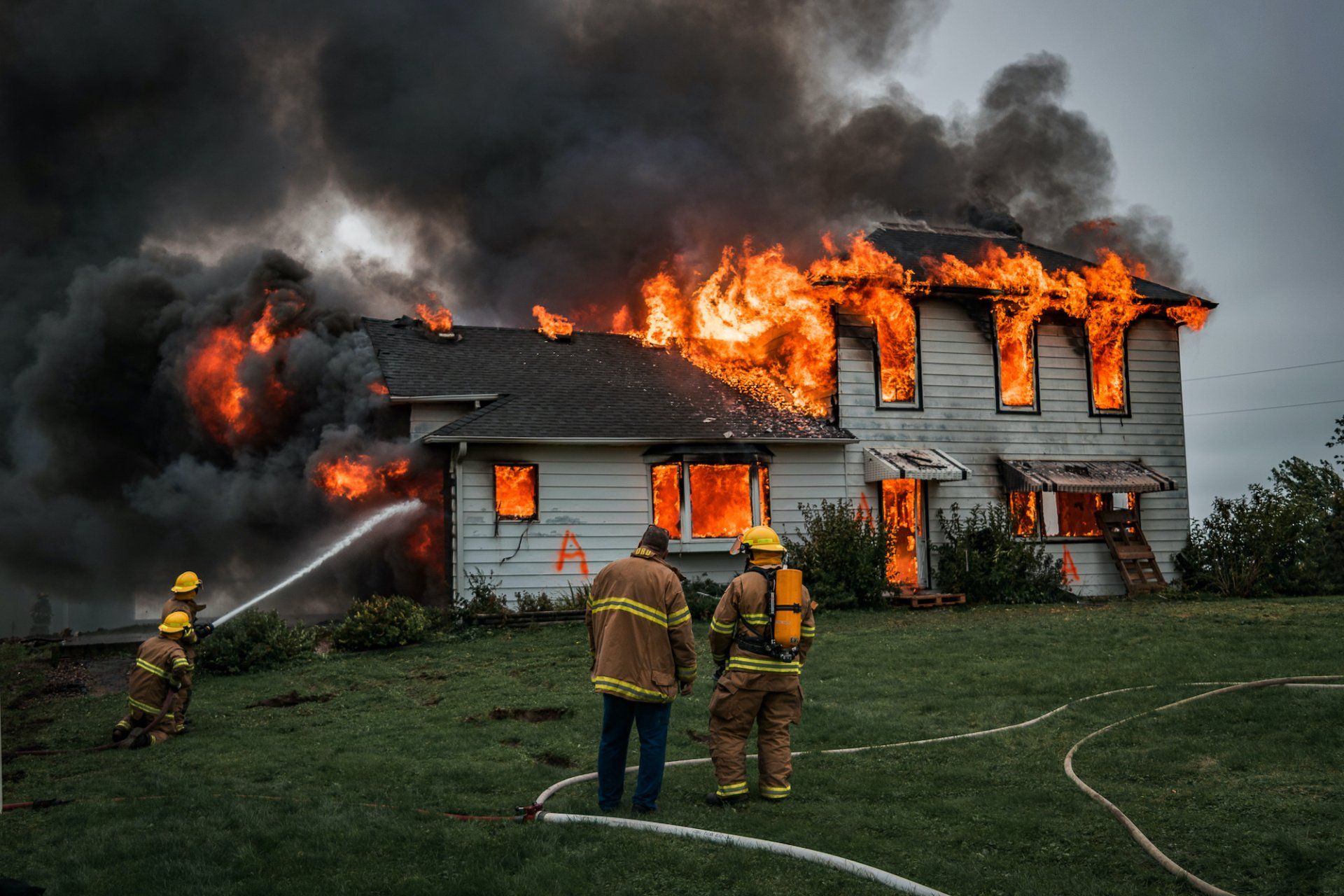
Serving Germantown, Maryland
The List of Biohazardous and Non-Biohazardous Materials
The List of Biohazardous and Non-Biohazardous Materials
-Germantown, MD
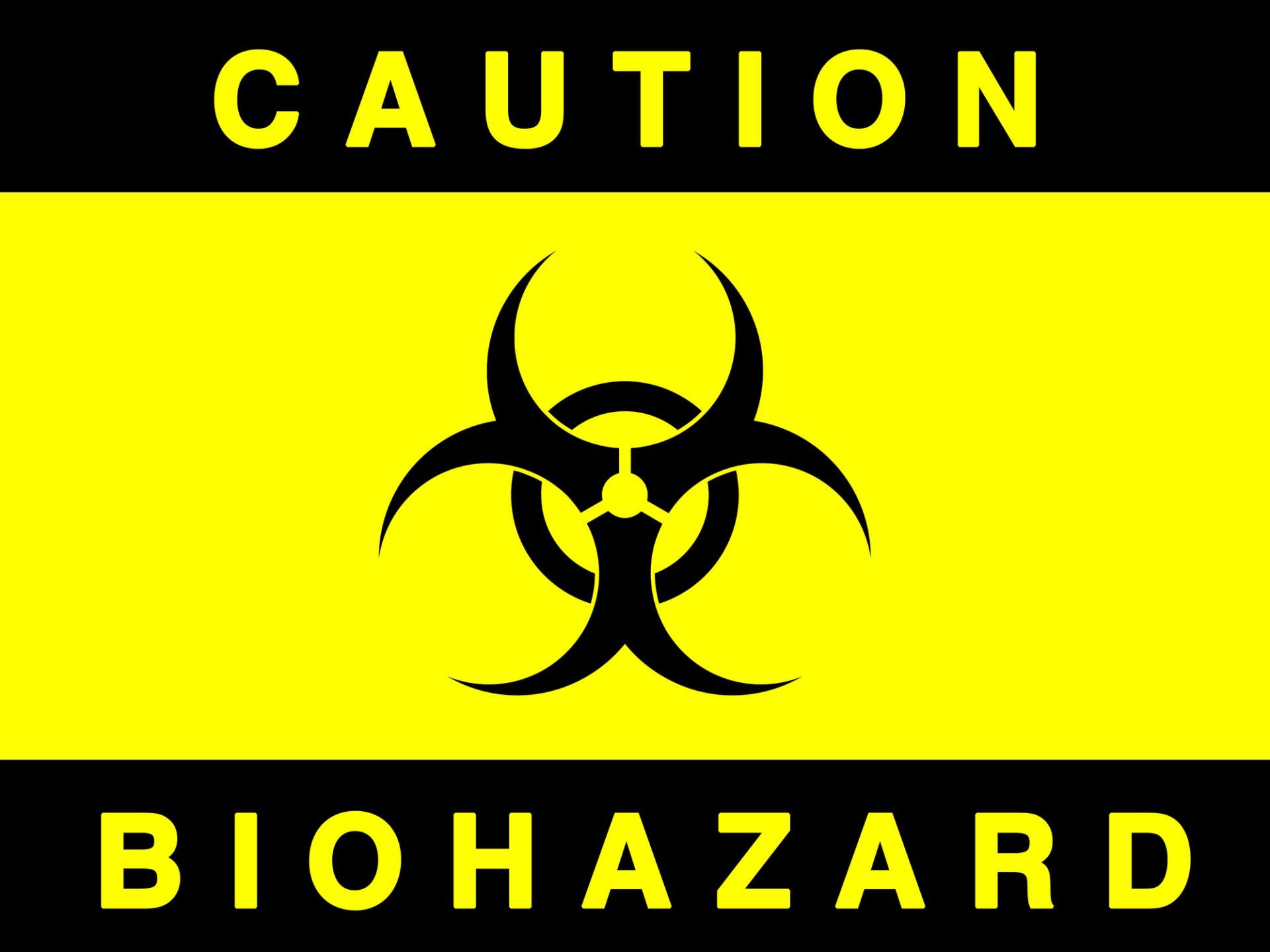
Biohazardous compounds can be found in a number of places, including the workplace and the classroom. Biohazardous materials are biological materials that have been contaminated with potentially pathogenic substances. The distinction between biohazardous and non-biohazardous substances is critical.
What is biohazard material, exactly?
Biohazards include microorganisms, plants, animals, and their byproducts. A human, animal, or thing may become contaminated if they come into touch with biohazard materials. Biohazard materials, as a result, must be handled with great caution.
What kind of biohazard materials exist?
Medical institutions produce a constant stream of biohazard waste. Blood and blood byproducts, blood transfusion bags and suction canisters, IV tubing, and potentially infectious laboratory agents such as cultures or stocks are all examples of infectious waste.
Because of the high concentration of sick individuals in hospitals, biohazard materials are plentiful. Any waste from a patient's room who has been diagnosed with a communicable illness is considered biohazard material.
Biohazard materials from a hospital context include pathological waste such as biopsies and sharp waste such as needles, shattered glass vials, and scalpels. Another kind is empty vials used to provide vaccines to patients.
Medical facilities also generate a lot of liquid medical waste, which is classified as biohazard material. Clinical specimen liquids, for example, fall into this group. Body fluids and blood that include infectious elements must be properly disposed of as biohazard waste.
Cerebrospinal fluids, pleural fluids, sperm, vaginal secretions, pericardial fluid, saliva peritoneal fluid, and amniotic fluid from a new mother are all examples of human bodily fluids that are commonly found in hospitals and are classed as biohazard materials.
When treating patients, medical personnel create hazardous materials. Surgical masks, gowns, and gloves are all biohazard materials that were once utilized by doctors. Swabs and gauze drenched in blood, bodily fluids, or other hazardous microorganisms are examples of biohazard materials.
Biohazard materials exist in veterinary clinics, just as they do in hospitals. Animal excrement, corpses, and body parts are examples of biohazardous items. This category comprises bedding from pathogenic organism-infected animals.
What are some examples of non-biohazardous materials?
Biohazard materials are created in large numbers in medical institutions. In contrast, hospitals handle a broad variety of non-biohazardous materials. The majority of hospital medical waste is not biohazardous.
Plastic packaging, paper and cardboard, clean glass and plastic, and office supplies are examples of non-hazardous medical waste. Aerosol cans used for treatment or holding pharmaceutical supplies are not biohazard materials in some jurisdictions when completely empty.
What should be done with biohazard waste?
Given the dangers of handling biohazard waste, it must be disposed of properly in authorized containers. Sharps, for example, have the ability to infect the user by puncturing the skin. Sharps must be labeled correctly and disposed of in puncture-resistant sharps containers.
Liquid biohazard waste must also be disposed of in vacuum flasks that are leak-proof and unbreakable. The flasks can be outfitted with HEPA filters and cleaned on a regular basis, such as once a week.
Solid biohazard waste should also be stored in sturdy, leak-proof containers that are packed with biohazard bags. These containers must have the label "biohazard garbage." Emptying one biohazard bag's contents into another might increase the risk of contamination.
Biohazard waste is usually seen at hospitals, but it can also be found in areas where there has been a violent crime, suicide, an accident, or an unattended death.
Because biohazard materials contain dangerous pathogens, professional trauma cleaning specialists at Restoration 1 must handle, remove, and dispose of them. Our employees are trained and equipped to properly remove dangerous chemicals from homes and businesses.
Our services are used in a wide range of scenarios. We cleaned up premises where hoarding had occurred. Crews from Restoration 1 have cleaned crime scenes, rooms where suicide, trauma, or homicide occurred, and areas where tear gas or pepper spray was used.
Sanitizing, disinfecting, and deodorizing your property are all part of Restoration 1. Our objective is to make your property hygienic and habitable again. The biohazard trash is delivered to a qualified medical waste disposal facility. We can also assist you with insurance claims.
When you call Restoration 1, you can rest certain that the situation will be treated properly and delicately. Every day, our professionals deal with biohazard cleanup and recognize the value of compassion in the aftermath of heinous events.
When you want trustworthy biohazard cleaning for sewage removal or hazardous waste disposal, contact Restoration 1 of Germantown. Our employees in Germantown, MD are accessible 24 hours a day, seven days a week to respond to any emergency. Please contact us as soon as possible so that you may resume your usual life.
